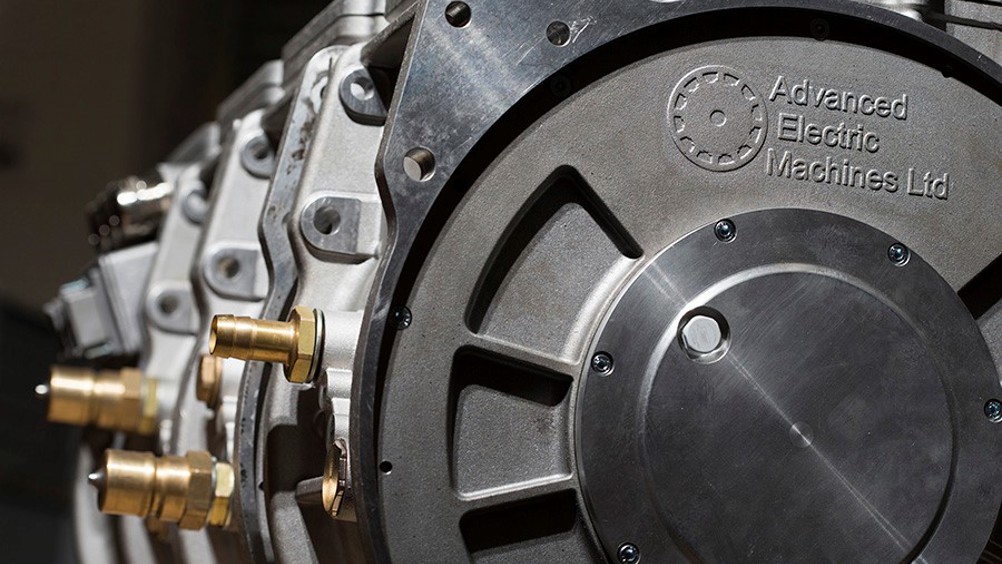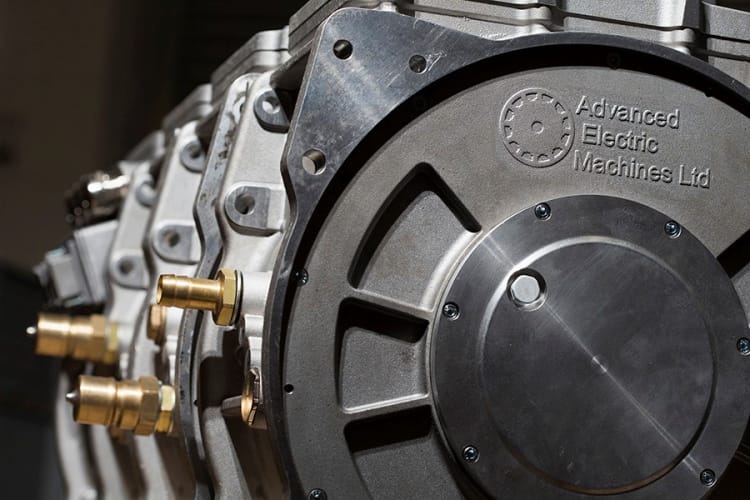C2I 2019: UK developed magnet-free electric motor ready for the road

The winner of this year's automotive category, and the winner of the C2I 2019 Grand Prix trophy, is a UK developed magnet-free electric motor that holds huge promise for the growing electric vehicle sector.

Category: Automotive
Winner: Magnet Free Traction Motors for Commercial Vehicles: HDSRM
Partners: Advanced Electric Machines Limited with Tevva Motors, Newcastle University, Motor Design Limited
Sponsor: Comsol
A new, magnet-free electric motor design promises to combine the performance of existing traction motors with greater sustainability.
The culmination of six years of research, the High Density Switched Reluctance Motor (HDSRM) has recently gone into production and will be powering commercial vehicles on the road within months.
The project is led by Advanced Electric Machines (AEM), a spin-out company from Newcastle University, in collaboration with commercial vehicle maker Tevva Motors, the university itself, and software specialist Motor Design.
Among the motor’s main attributes is the elimination both of rare earth permanent magnets and copper, both of which make end of life disposal more difficult.
Register now to continue reading
Thanks for visiting The Engineer. You’ve now reached your monthly limit of premium content. Register for free to unlock unlimited access to all of our premium content, as well as the latest technology news, industry opinion and special reports.
Benefits of registering
-
In-depth insights and coverage of key emerging trends
-
Unrestricted access to special reports throughout the year
-
Daily technology news delivered straight to your inbox










Water Sector Talent Exodus Could Cripple The Sector
One possible reform to the Asset Management Plan (AMP) system would be to stagger the five year cycle across the ten or so water businesses, so that...